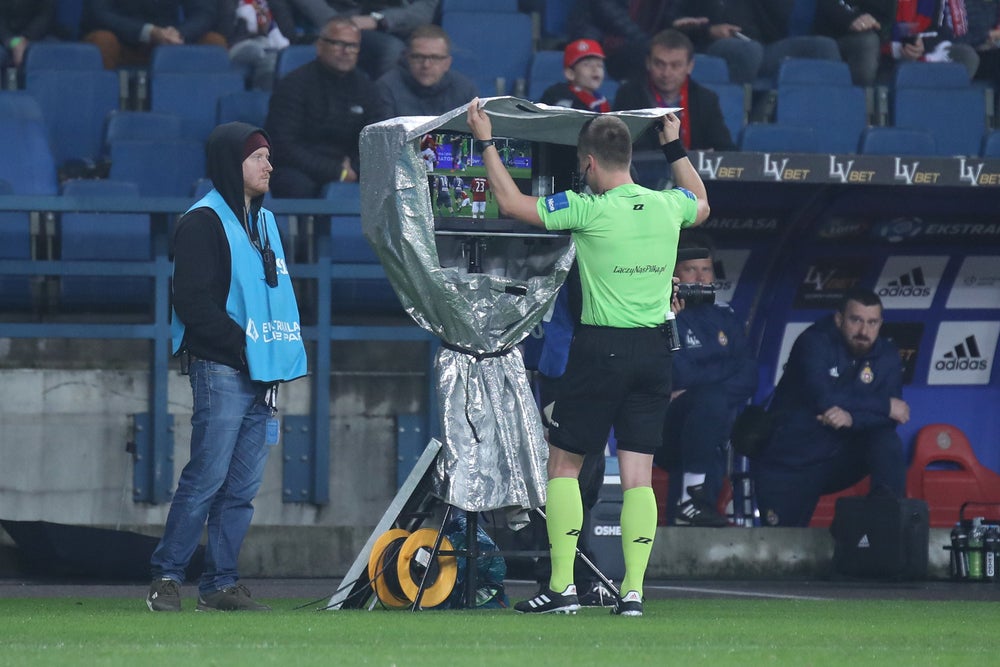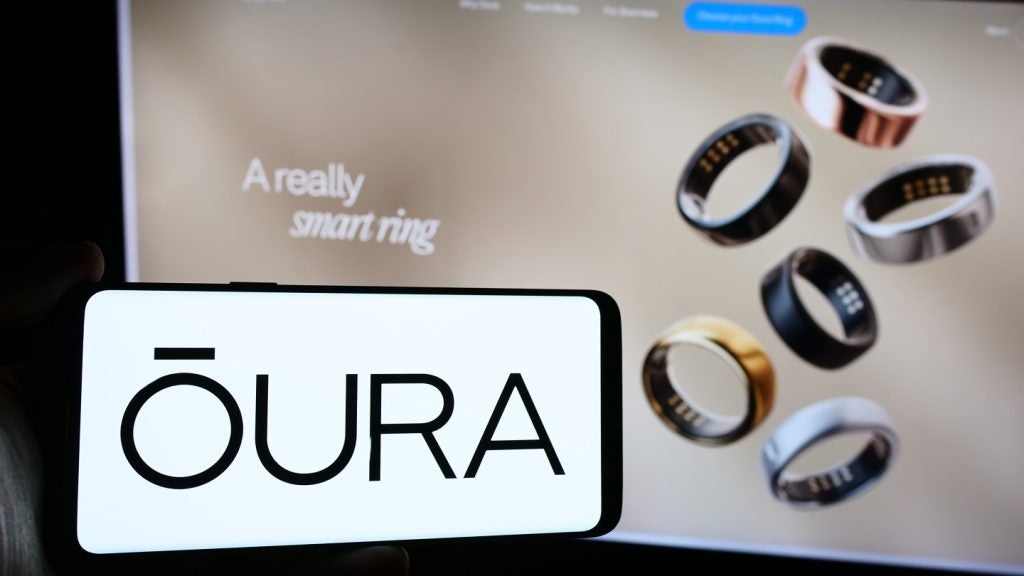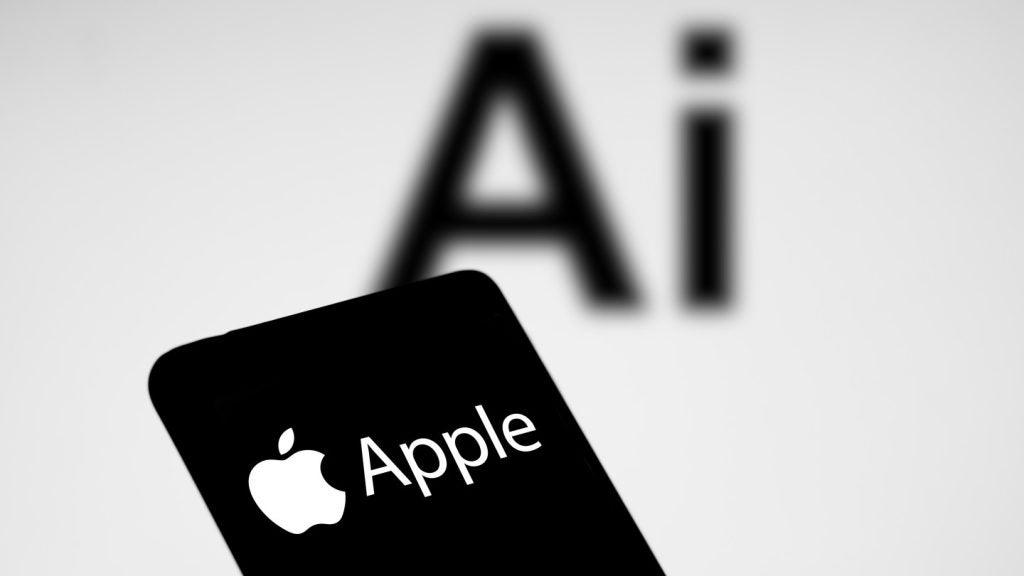Video-assisted referee (VAR) technology has been a highly polarising issue in the football world since its official introduction in 2018, but the incorporation of artificial intelligence (AI) to assist in the refereeing process is already proving to be a game-changer.
Reducing the time taken to make a decision and eliminating subjectivity where possible are two benefits of AI-powered VAR technology, and this may help to, at least partially, placate the millions of fans who are highly critical of the concept of VAR. But how is AI helping to smooth out the decision-making process?
Cameras in the stadium and a chip in the ball
AI is assisting the referees at this summer’s football European Championship in Germany in the form of cameras and chips that feedback to algorithms and machines, which instantly process large datasets and provide the onfield and off-field referees with data they would not normally have access to.
There are ten cameras positioned under the roof around each stadium, each of which tracks the same 29 points of each of the 22 players’ bodies simultaneously. This gives 600 points in motion for the cameras to track, and these data points are fed into a computer 50 times every second, enabling referees to objectively know the exact location of a player, the ball, and how fast both of these are moving when reviewing an offside decision, for example.
The ball itself contains a tiny sensor at its core, which feeds data back to the VAR control room ten times faster than the cameras above the pitch, and the data from the two combined helps track the location of the ball in relation to a player’s body. Any slight contact with the ball feeds an impulse to the chip, and the referees can use the data to determine exactly when and where the ball was touched.
For example, Belgium were denied a goal in its opening group game against Slovakia when Lois Openda was adjudged to have handled the ball in the build-up to a finish from Romelu Lukaku. To the naked eye, it was unclear whether this contact occurred, but the VAR referees were able to definitively say that the ball had been handled.
How well do you really know your competitors?
Access the most comprehensive Company Profiles on the market, powered by GlobalData. Save hours of research. Gain competitive edge.

Thank you!
Your download email will arrive shortly
Not ready to buy yet? Download a free sample
We are confident about the unique quality of our Company Profiles. However, we want you to make the most beneficial decision for your business, so we offer a free sample that you can download by submitting the below form
By GlobalDataAI brings much-needed assistance for referees
Offside decisions are one of the most scrutinised areas of the game, and the incorporation of AI into the process is the most commonly used and beneficial implementation of the technology in the sport.
Semi-automated offsides are generated through the tracking of 29 locations on the body of each player, with these data points allowing the officials in the control room to see a 3D rendering of the position the players are in at a given time. Using the points of data, the AI can essentially fill out the players’ bodies using algorithms that are trained on skeletal structures, before identifying which body part of a player is in an offside position.
Previously, VAR officials were manually drawing lines on the pitch to determine whether a player was offside, allowing subjectivity and human error to creep into the process. Semi-automated offsides have also more than halved the time taken to reach an offside decision, which is particularly satisfying for fans.
AI also assists with goal-line technology, enabling referees to declare with 100% certainty if a goal has been scored or not. In a scenario in which the ball is obscured from the cameras by the goalkeeper, the chip inside the ball that beams its location to the computer in the VAR room allows the computer to render the position of the ball in 3D and judge whether it has crossed the line.
Fully automated refereeing?
All this begs the question: will referees become redundant and be replaced by technology?
The short answer is no—there are many calls in sports, particularly surrounding serious fouls and red cards, that will always remain subjective and require human input to judge intent, something AI cannot do.
However, its implementation into areas of the game that need to be judged objectively has so far proven highly successful.








